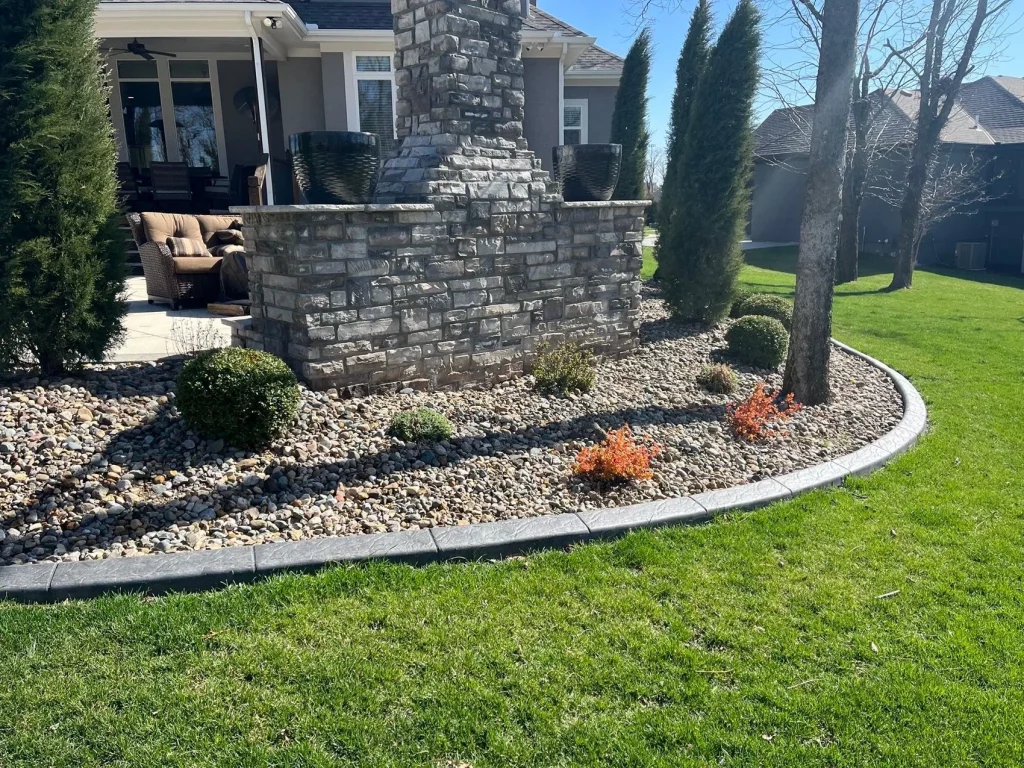Curbs play an important role in shaping the identity and character of a neighborhood. They serve as a visual cue for the boundaries of a community and can help create a sense of place. In this blog, we will discuss how curbs can be used to enhance neighborhood identity and create a unique sense of place.
Curbs as a Design Element Curbs can be used as a design element to enhance the aesthetics of a neighborhood. By choosing materials and colors that reflect the character and history of the community, curbs can create a cohesive and distinctive look. For example, using red brick curbs in a historic district or colorful tile curbs in a culturally diverse neighborhood can help establish a sense of place and identity.
Public Art on Curbs Curbs can also be used as a canvas for public art. By incorporating murals, mosaics, or other forms of artistic expression onto the curbs, neighborhoods can celebrate their unique identity and history. This not only enhances the aesthetics of the community but also creates a sense of pride and ownership among residents.
Community Gardens Curbs can also be used to create community gardens that reflect the local character and history of the neighborhood. By planting native flowers or creating raised garden beds, residents can come together to beautify and personalize their neighborhood. This not only enhances the aesthetics but also provides a sense of ownership and pride in the community.
Green Infrastructure Curbs can also be used to incorporate green infrastructure into the neighborhood. By installing bioswales or rain gardens, curbs can capture and filter stormwater runoff, reduce flooding, and improve water quality. This not only enhances the environment but also creates a unique sense of place that reflects the neighborhood’s values.
Wayfinding Signage Curbs can also be used to create wayfinding signage that reflects the identity of the neighborhood. By designing signage that reflects the local culture or history, residents can easily navigate their community while also reinforcing a sense of identity and place.
In conclusion, curbs can be used to create a sense of place and enhance neighborhood identity. By using curbs as a design element, incorporating public art, creating community gardens, incorporating green infrastructure, and using wayfinding signage, neighborhoods can establish a unique character that reflects their values and history. By investing in the curbs of a neighborhood, residents can come together to create a community they are proud to call home.





